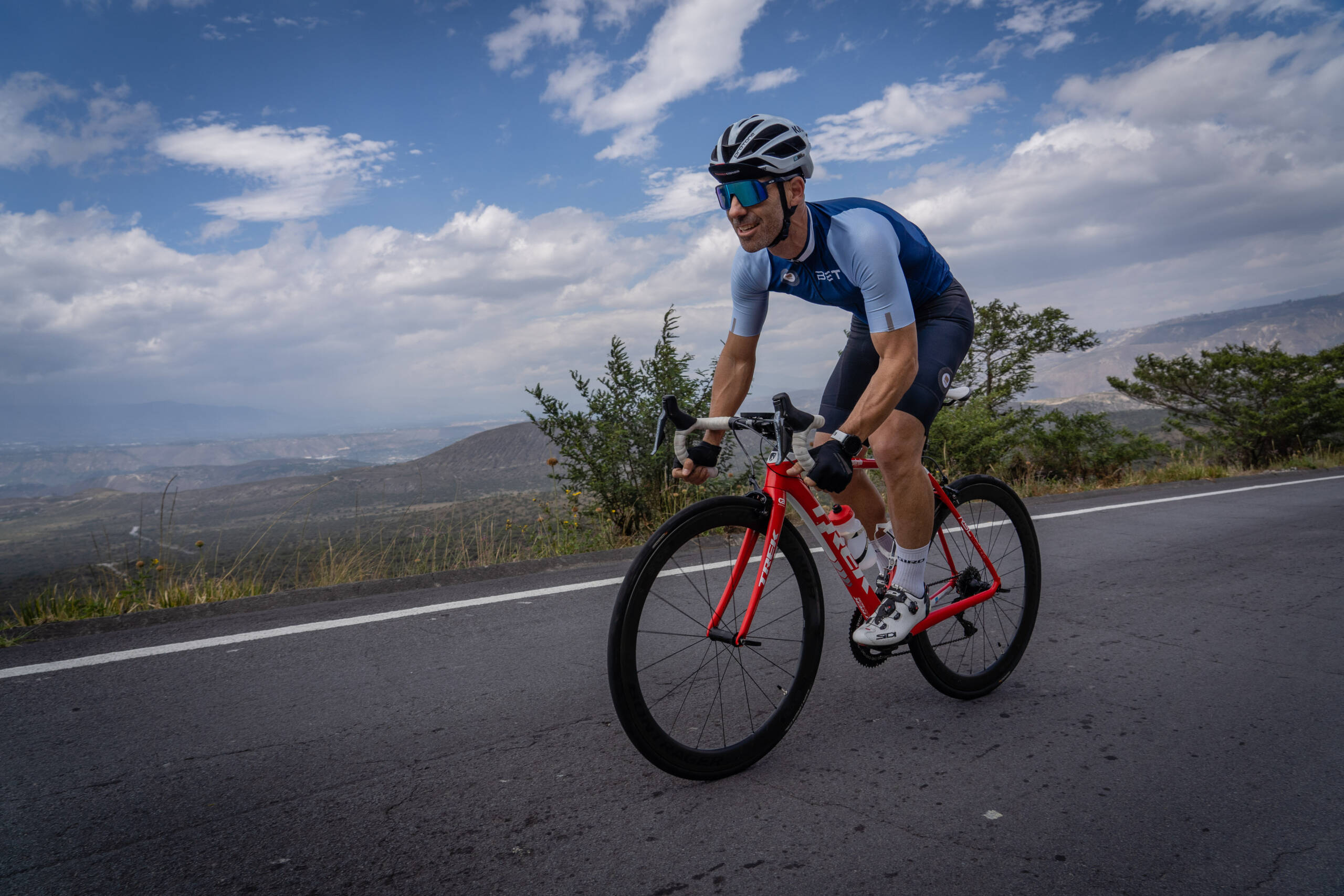When we think of endurance cycling, we often envision strong and resilient athletes covering long distances on varied terrains. However, one of the most effective strategies to enhance the performance of endurance cyclists is to take them to higher altitudes. In this article, we will explore the effects of altitude on the human body and how cyclists can adapt and benefit from training under these unique conditions.
The Enigmatic World of Altitude
Altitude is a crucial factor in endurance cycling. Altitude refers to elevation above sea level, and as we ascend, the oxygen pressure in the air decreases. This means that at higher altitudes, there is less oxygen available for the body, which can pose a challenge for any athlete.

Understanding how altitude affects the body is essential for adaptation and reaping the benefits. As we ascend to higher altitudes, the body undergoes several changes:
– Reduction in Oxygen Pressure: At higher altitudes, oxygen pressure decreases, meaning each breath contains less oxygen. The body must work harder to obtain enough oxygen to function.
– Increased Red Blood Cell Production: To counter the oxygen decrease, the body begins to produce more red blood cells. This enhances the oxygen-carrying capacity of the blood and improves performance.
– Higher Erythropoietin (EPO) Production: EPO is a hormone that stimulates red blood cell production. At higher altitudes, the body produces more EPO, further increasing red blood cell production.
When the body produces more red blood cells, this process is called “erythropoiesis“.
Benefits of Training at Altitude
As the body adapts to altitude to improve oxygen absorption, how can endurance cyclists harness this adaptation?
– Enhanced Aerobic Capacity: Altitude training boosts the body’s aerobic capacity, allowing cyclists to sustain intense effort for longer durations.
– Improved Endurance: Cyclists who train at altitude tend to experience greater endurance and performance in varied terrains and long-distance races.
– Faster Recovery: Increased red blood cells facilitate faster recovery after intense workouts and competitions.
I’m a big fan of altitude. So is everyone by the looks of it. An increasing number of riders are moving to Andorra where they can “enjoy” altitude all the time.
James Witts
Altitude Training: Camps and Sessions
Endurance cyclists can leverage altitude in various ways:
– Altitude Camps: Some athletes choose to attend altitude camps in places like Colorado, the Alps, or the Andes. During these stays, they train at higher altitudes and experience extended exposure to altitude conditions.
– Simulated Altitude Training Sessions: For those unable to attend altitude camps, simulated altitude training sessions are an option. By using altitude training equipment, cyclists can replicate altitude conditions at their local gym.
– Living at Altitude: Some athletes opt to reside in high-altitude locations permanently to acclimate to the conditions. This is a more extreme option but can be beneficial for long-term performance.
Adapting the body to lower oxygen conditions can result in increased aerobic capacity, endurance, and quicker recovery. Whether through altitude camps, simulated training sessions, or living at altitude, cyclists can utilize this strategy to reach new heights of success in their sport. Altitude could be the boost you need to surpass your limits and excel in endurance cycling.
Credits: BET Endurance Team



